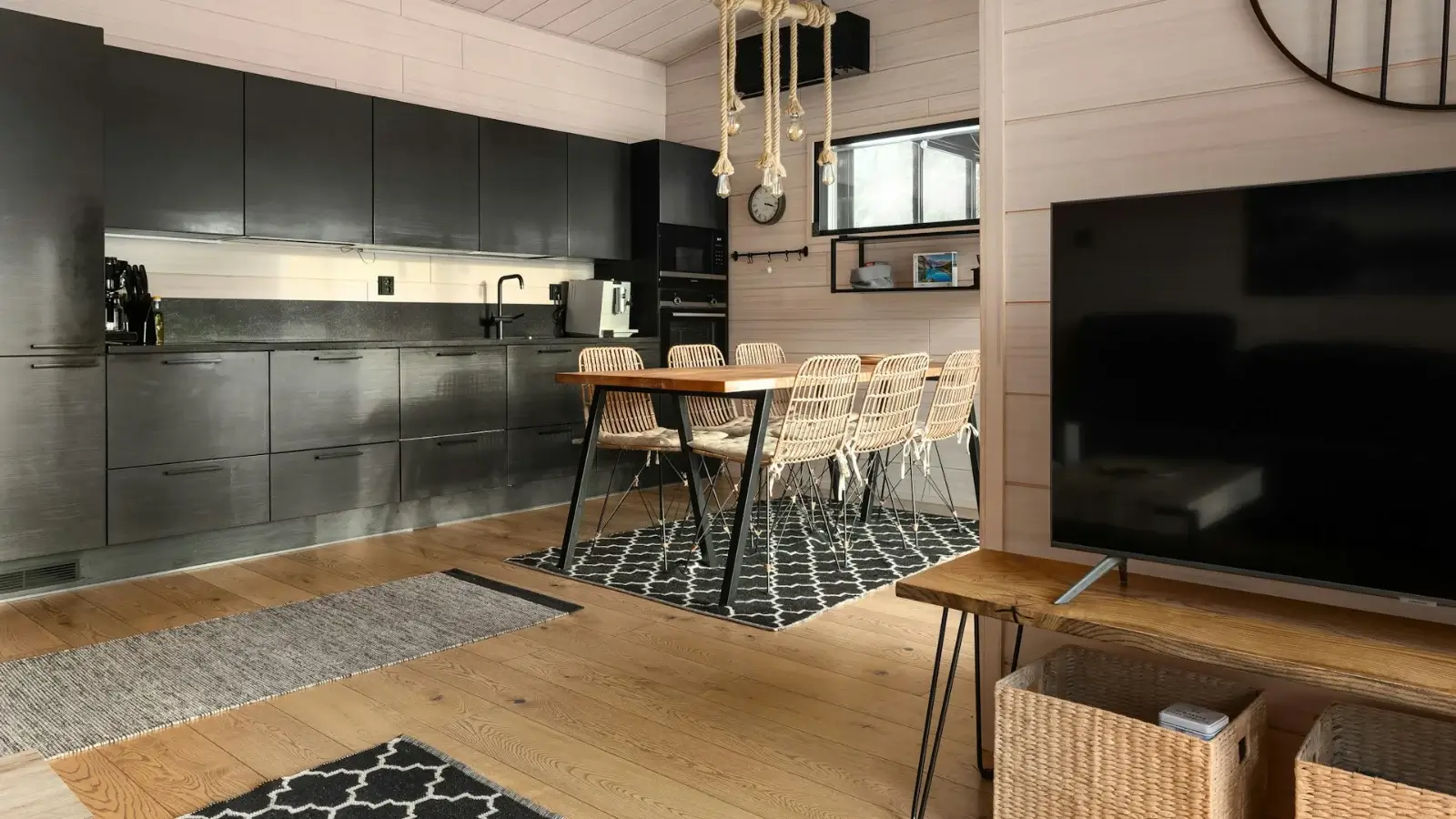


Home renovations come with a checklist of big decisions, from layout and lighting to color palettes and cabinet styles. But one element quietly drives the entire rhythm of a remodel: flooring. The floor isn’t just something you walk on—it’s the literal and visual base of your living space. Whether you're updating a single room or embarking on a full-scale kitchen remodeling project, choosing the right flooring can either enhance or hinder the entire process.
Flooring is more than just another design component; it affects how every other element—from furniture placement to energy flow—functions within a room. Think of it as the tempo in a piece of music: it dictates the pace, structure, and overall harmony of the entire home.
Many homeowners mistakenly treat flooring as an afterthought. They begin by choosing paint colors or light fixtures before considering what goes underfoot. This often results in design mismatches or unexpected delays during installation. In reality, flooring installation should be one of the first decisions in the remodeling process. Why? Because it impacts wall treatments, trim choices, appliance configurations, and even door heights.
When selecting materials like hardwood flooring, LVP flooring, or tile surfaces, start with function first. Each space in a home has different needs. Kitchens, bathrooms, and laundry areas require moisture-resistant solutions, while living rooms and bedrooms may benefit more from warmth and texture.
Modern flooring solutions have evolved far beyond utilitarian function. Today’s materials fuse aesthetics with advanced durability. Take LVP flooring, for example—it’s water-resistant, budget-friendly, and available in styles that replicate wood, stone, or ceramic. This makes it a go-to choice for high-traffic zones or open-concept living areas where cohesion matters.
Hardwood flooring, on the other hand, remains a timeless choice for those seeking natural beauty and classic elegance. Though it requires a bit more care, the payoff is visual warmth and long-term value. Incorporating this into larger renovation plans—especially when paired with elements like tile showers or high-end cabinetry—can create a luxurious, cohesive environment that’s built to last.
One of the most underestimated roles of flooring is how it guides traffic flow and visual perception. Flooring layout, plank direction, and even material transitions can visually expand a space, create focal points, or lead the eye from one room to another. This makes it an especially powerful design tool in kitchen remodeling and open-concept living areas.
Using consistent flooring throughout interconnected rooms can create a seamless appearance and improve spatial continuity. However, for homes that embrace defined zones—like formal dining rooms, offices, or bathrooms—mixing materials can subtly signal function while adding depth to the overall design.
While surface appeal is key, what's underneath matters just as much. Subfloor preparation often determines whether your flooring installation will stand the test of time. Poorly leveled subfloors, incorrect underlayment, or rushed preparation can lead to creaks, gaps, or structural weaknesses down the line.
This is where experienced professionals, like those at Alpha Flooring Pros, bring crucial value. Precision in preparation ensures not only the visual success of your floors but also the structural integrity of your renovation. For those tackling comprehensive remodeling projects, skipping this step can derail timelines and budgets.
When planning a kitchen remodeling or bath upgrade, flooring must work in tandem with cabinetry, countertops, and wall treatments. Light floors with dark cabinetry offer strong contrast and a modern edge, while dark floors with lighter cabinets create coziness and depth.
Tile showers often serve as a focal point in bathroom remodels, so coordinating floor tiles with wall and vanity finishes can produce a layered, intentional look. Similarly, open-plan kitchens benefit from consistent flooring extending into adjacent areas, making islands and prep zones feel like natural extensions of the main living space.
Light plays a big role in how we perceive flooring. Natural light brings out grain patterns and enhances surface textures. Meanwhile, artificial lighting—particularly under-cabinet or pendant lighting in kitchens—can highlight sheen levels or color variations in the material.
Glossy surfaces like polished tile reflect more light and can make small areas feel bigger, while matte finishes absorb light and reduce glare, perfect for spaces designed for relaxation. This interplay is especially important when selecting hardwood flooring, where finish type and wood species determine how much light is reflected or absorbed.
Flooring is a long-term investment, so think ahead. Do you plan on staying in your home for decades? Will you need accessibility features like low transitions or slip resistance as you age? Are there pets, kids, or high foot traffic to consider?
Materials like LVP flooring offer great performance in changing household conditions. They’re durable, easy to clean, and less likely to be damaged by moisture or rough wear. Hardwood remains a strong contender for long-term value but may require refinishing over time to stay in peak condition.
Eco-conscious design is influencing how homeowners approach remodeling. Many flooring manufacturers now offer sustainable materials, low-VOC finishes, and recycled options. Bamboo, cork, and reclaimed hardwood are gaining traction for those looking to reduce their environmental footprint.
Similarly, choosing high-quality materials with longer lifespans—like engineered hardwood or stone-look LVP flooring—can reduce the need for replacements and cut down on waste over time. These factors are increasingly important as green building standards become more mainstream in residential remodeling.
Whether you’re upgrading a single bathroom or tackling a full kitchen remodeling project, your floor sets the stage for everything else. It dictates flow, complements furnishings, and creates a sense of cohesion. By prioritizing flooring early in your renovation plan, you not only enhance your home’s style but also ensure lasting functionality.
From the warmth of hardwood flooring to the practicality of LVP flooring, and the elegance of tile showers, the right surface supports your design dreams—literally and figuratively. Companies like Alpha Flooring Pros understand that flooring isn’t just another checkbox in a remodel. It’s a core investment in how your home looks, feels, and functions every day.